Life
Sign up for our newsletter
We summarize the week's scientific breakthroughs every Thursday.
-
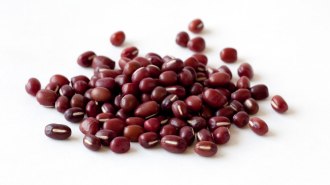 Genetics
GeneticsGenetics reveal the origin story of East Asia’s favorite sweet bean
The origin of red beans — also called adzuki — has been murky. A new study says Japan is where it all started.
By Celina Zhao -
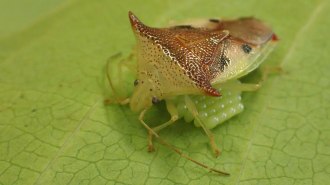 Animals
AnimalsThis bug’s all-in helicopter parenting reshaped its eggs
An egg-shape trend found among birds shows up in miniature with very protective bug parents. Elongated eggs fit more compactly under mom.
By Susan Milius -
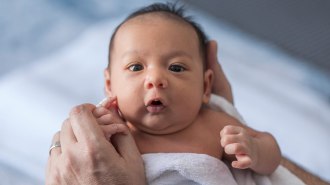 Health & Medicine
Health & MedicineMany U.S. babies may lack gut bacteria that train their immune systems
Too little Bifidobacterium, used to digest breast milk, in babies' gut microbiomes can increase their risk of developing allergies and asthma.
-
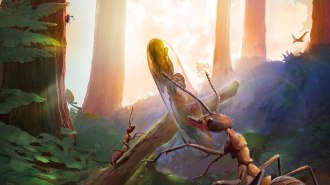 Paleontology
PaleontologyZombifying fungi have been infecting insects for 99 million years
Two bits of amber discovered in a lab basement hold ancient evidence of a fungi famous for controlling the minds of its victims.
-
 Animals
AnimalsKiller whales may use kelp brushes to slough off rough skin
The whales use quick body movements to tear pieces of bull kelp for use as tools, perhaps the first known toolmaking by a marine mammal.
-
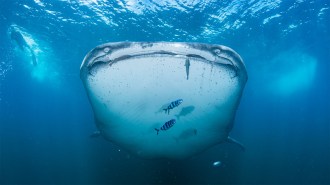 Animals
Animals50 years after ‘Jaws,’ sharks face their own terror
Humans have driven sharks and their cousins to the brink of extinction. The health of the entire ocean is at stake.
-
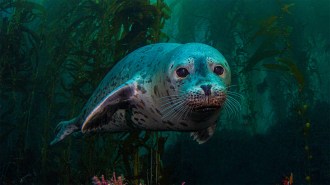 Animals
AnimalsU.S. seal populations have rebounded — and so have their conflicts with humans
Alix Morris’s new book, A Year with the Seals, explores humans’ complicated relationship with these controversial marine mammals.
-
 Animals
AnimalsCompare shark sizes on our infographic
As Jaws celebrates its 50th anniversary, Science News explores the vast range of shark sizes, from megaladon to the dwarf lanternshark.
-
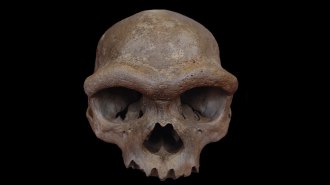 Anthropology
Anthropology‘Dragon Man’ skull may be the first from an enigmatic human cousin
Ancient proteins and DNA may peg a 146,000-year-old Chinese skull as the most complete fossil to date from Denisovans, a puzzling line of Asian hominids.
By Bruce Bower -
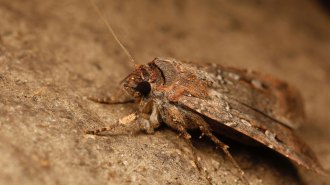 Animals
AnimalsThis moth species may use the Milky Way as its guiding star
Bogong moths migrate up to 1,000 kilometers from Australian plains to mountain caves to escape the summer heat. The stars may help them get there.
-
 Science & Society
Science & SocietyHow attacks on evolution in classrooms have shifted over the last 100 years
Since the Scopes trial in 1925, Science News has reported on legislative attempts to undermine the teaching of evolution.
By Erin Wayman -
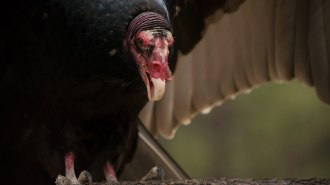 Animals
AnimalsFewer scavengers could mean more zoonotic disease
Scavenger populations are decreasing, a new study shows. That could put human health at risk.